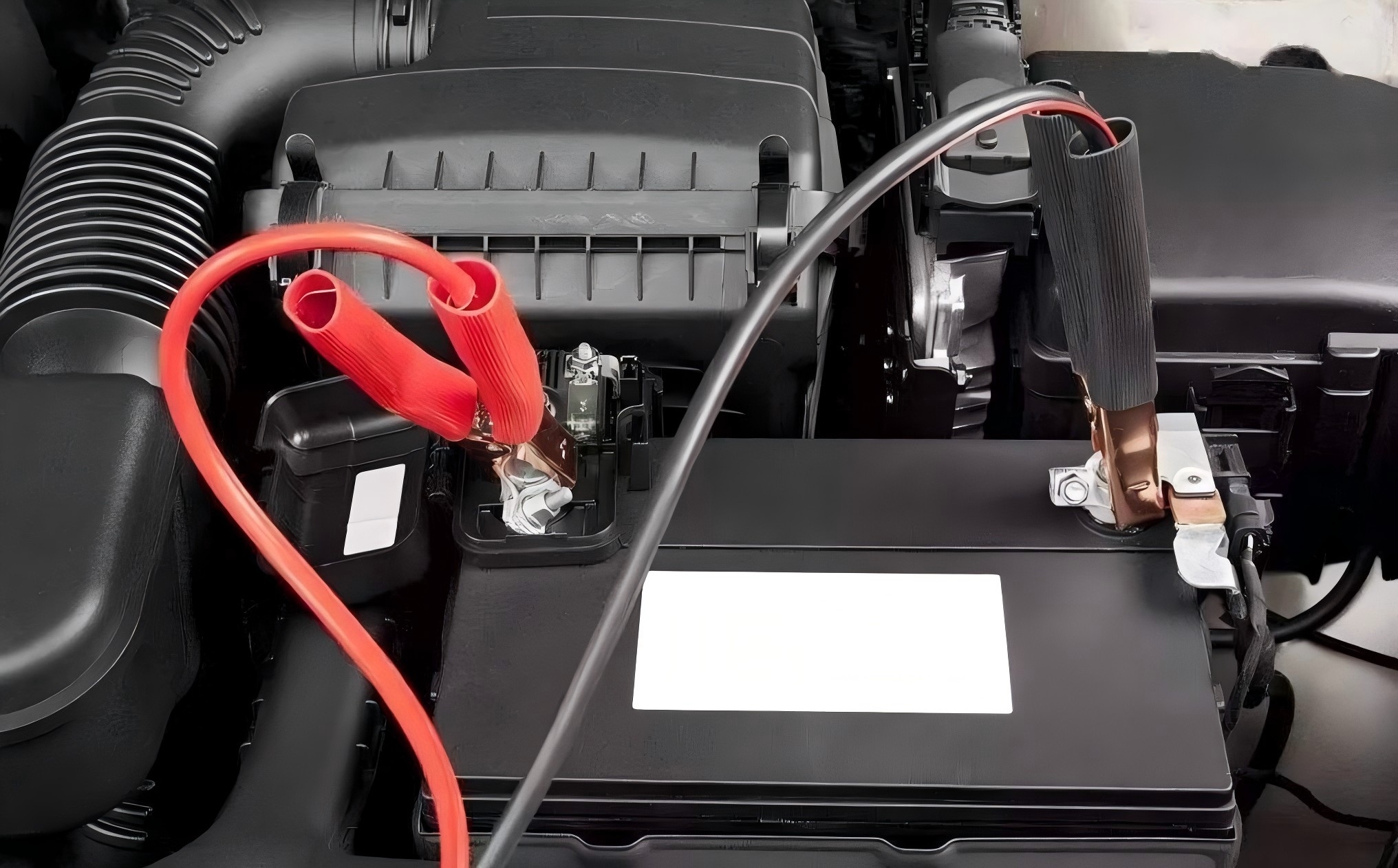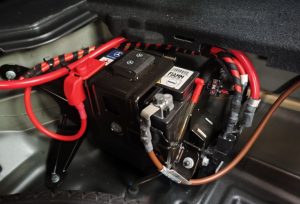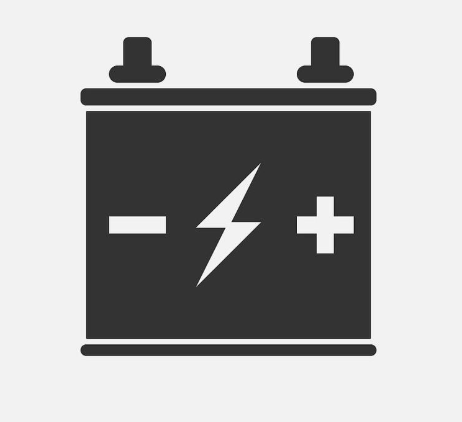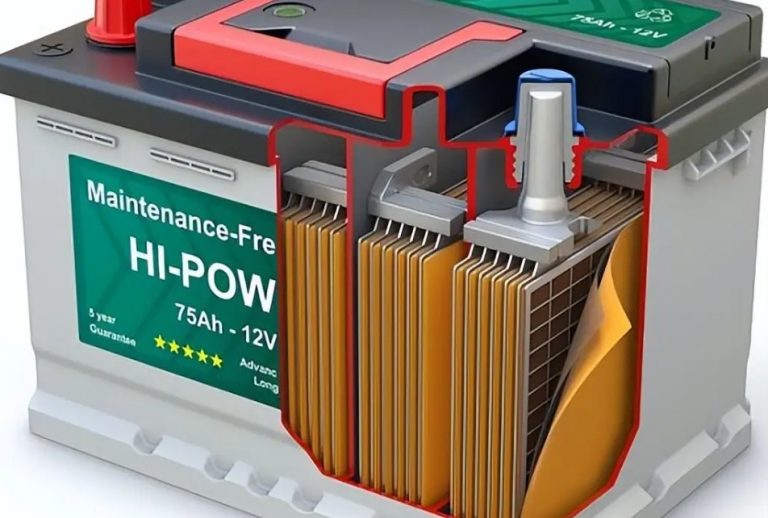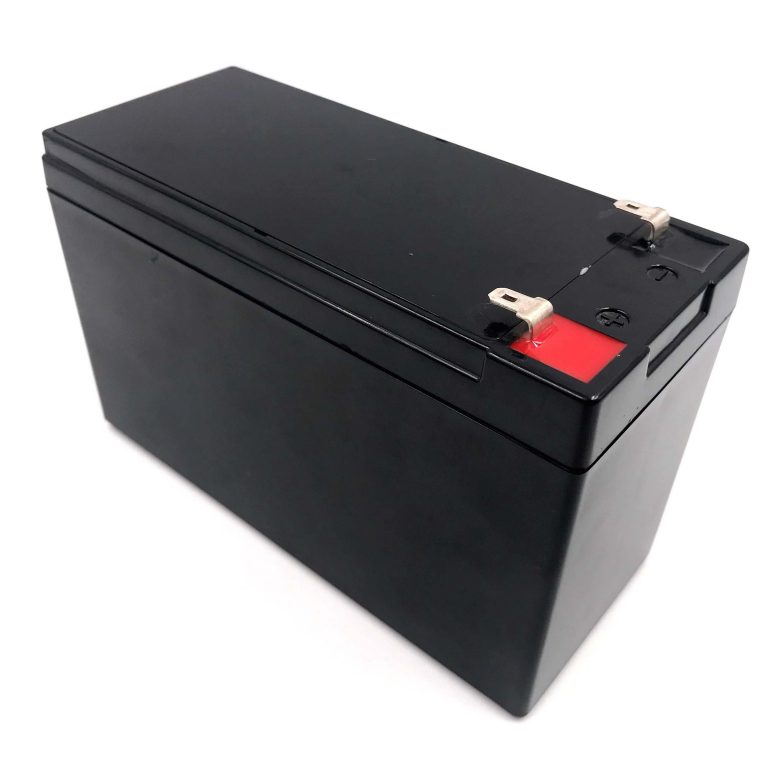Can You Jumpstart a Lithium Battery with a Lead Acid Battery? with Troubleshooting Guide
Can You Jumpstart a Lithium Battery with a Lead Acid Battery?
Answer: Yes, But Only as an Emergency Measure
Jumpstarting a lithium battery using a lead-acid battery is technically possible, but it should only be done in emergency situations. Unlike lead-acid batteries, lithium batteries have a built-in Battery Management System (BMS) that protects them from overcharging, deep discharging, and high current surges. This means that in some cases, jumpstarting might not work as expected, or could even damage the lithium battery if done incorrectly.
Why Is It Possible? The Science Behind It
A lead-acid battery can jumpstart a lithium battery because both operate at a nominal 12V (though actual voltage ranges differ). When you connect a fully charged lead-acid battery to a deeply discharged lithium battery, current flows from the lead-acid battery to the lithium battery until it reaches a sufficient voltage level to reactivate its BMS.
However, lithium batteries have lower internal resistance, which allows them to accept charge quickly but also makes them more susceptible to overheating if the current is not controlled.
Lead-Acid vs. Lithium Battery: Key Differences
| Feature | Lead-Acid Battery | Lithium Battery (LiFePO₄) |
|---|---|---|
| Voltage Range | 10.5V – 14.4V | 10V – 14.6V |
| Internal Resistance | Higher (slower charge/discharge) | Lower (faster charge/discharge) |
| Weight | Heavy | Lightweight |
| Charge Efficiency | ~70-85% | ~95-98% |
| Lifespan | 300-500 cycles | 2000-5000 cycles |
| Safety Features | Overcharge risk, but more robust | BMS-controlled safety |
Voltage Behavior During Charging
Below is a rough voltage comparison of lead-acid vs. lithium batteries during charging:
Lead-Acid: Slowly increases from ~12.0V (discharged) to ~14.4V (fully charged).
LiFePO₄: Rapidly jumps from ~10V to ~12.8V, then stabilizes before reaching ~14.6V at full charge.
Why This Matters?
A lead-acid battery may not always provide enough voltage to “wake up” a lithium battery with a locked BMS.
Lithium batteries can absorb high currents quickly, potentially triggering overheating or protection circuits.
How to Jumpstart a Lithium Battery with a Lead-Acid Battery
Step 1: Assess the Situation
Check for physical damage or swelling on the lithium battery. If present, do NOT attempt to jumpstart—replace the battery.
Use a multimeter to check the lithium battery’s voltage:
Above 10V → Can attempt jumpstart.
Below 10V → BMS likely locked; alternative methods needed.
Step 2: Gather Necessary Equipment
A fully charged 12V lead-acid battery (car battery or deep-cycle battery)
Jumper cables
Lithium-compatible charger (for safe post-jumpstart charging)
Step 3: Safe Jumpstarting Procedure
Turn off all electrical loads connected to the lithium battery.
Connect the positive (+) terminal of the lead-acid battery to the positive (+) terminal of the lithium battery.
Connect the negative (-) terminal of the lead-acid battery to the negative (-) terminal of the lithium battery.
Wait 5-10 minutes to allow the charge transfer.
Check voltage: If the lithium battery voltage rises above 10V, disconnect and use a lithium charger to complete charging.
Monitor for overheating—if excessive, stop immediately.
Step 4: Disconnect and Recharge Properly
Once the voltage is above 10V, switch to a lithium-compatible charger.
Avoid leaving the lithium battery connected to the lead-acid battery for extended periods.
Different Scenarios and Solutions
1: RV Owner with a Lithium Battery That Shut Down
Scenario: An RV owner left their lithium battery running overnight, and it dropped below 10V. The battery’s BMS shut it down to prevent damage.
Solution:
Attempt jumpstarting with a lead-acid battery to bring voltage above 10V.
If unsuccessful, use a dedicated lithium charger with a “BMS wake-up” function.
2: Car Owner with a Lithium Battery Jumpstarter That Died
Scenario: A car owner has a lithium-ion jumpstarter pack that won’t charge.
Solution:
Use a 12V lead-acid battery to supply a low-current trickle charge.
Ensure the jumpstarter’s BMS resets before using it again.
Advanced Troubleshooting Guide
| Issue | Possible Cause | Solution |
|---|---|---|
| No power after jumpstarting | BMS still locked | Use a lithium charger to reset BMS. |
| Battery overheats | Excessive current transfer | Stop immediately and let it cool. |
| Battery voltage doesn’t rise | Battery is deeply discharged | Try a slow charge first (1-2A current). |
| Sparks when connecting cables | Reversed polarity or short circuit | Double-check connections before proceeding. |
How to Reset a Locked Lithium BMS
If the lithium battery won’t accept a charge, it might require a BMS reset:
Press the reset button (if available).
Apply a low current (1-2A) charge for 10-30 minutes.
If still unresponsive, try a specialized lithium charger with a “wake-up” feature.
Best Practices & Long-Term Maintenance Tips
1. Avoid Deep Discharges
Keep lithium batteries above 20% charge whenever possible.
Use low-voltage alarms to prevent BMS shutdown.
2. Use a Dedicated Lithium Charger
Unlike lead-acid chargers, lithium chargers provide precise voltage regulation.
Avoid using alternators directly to charge lithium batteries unless they have a DC-DC charger.
3. Store Batteries Properly
Store lithium batteries at ~50% charge in a cool, dry place.
If unused for long periods, recharge every 3-6 months.
4. Install a Battery Monitor
Devices like Victron BMV-712 provide real-time data on voltage, current, and state of charge.
When Using a Lead Acid Battery to Jumpstart Lithium?
Jumpstarting a lithium battery with a lead-acid battery is possible but not ideal. If you must do it in an emergency, follow the proper procedure and take precautions to avoid damaging the lithium battery.
Key Takeaways
✅ It works best for waking up a lithium battery with a shut-down BMS.
✅ Only use it as an emergency method, not a routine practice.
✅ A dedicated lithium charger is the safest option for long-term battery health.
If you frequently experience dead lithium batteries, consider installing a battery management system (BMS) with low-voltage protection or using a lithium-specific trickle charger.
Brand-Specific Troubleshooting Guide: Jumpstarting & Reviving Lithium Batteries
If you’re dealing with a lithium battery that won’t charge or needs emergency jumpstarting, different brands have unique Battery Management System (BMS) protections. Below, we provide brand-specific troubleshooting for popular lithium battery manufacturers.
1. Battle Born Lithium Batteries – Troubleshooting & Jumpstarting
Common Issues:
Battery not charging after deep discharge.
BMS locked due to low voltage cutoff (<10V).
Battery not accepting a charge from solar or alternator.
Solutions:
BMS Reset: Battle Born BMS automatically resets when an appropriate charge voltage is applied.
Use a lithium-compatible charger (14.4V-14.6V).
If using a lead-acid battery jumpstart, ensure it’s above 12.5V before connecting.
Manual Charge Boosting:
If the battery voltage is below 8V, connect a lead-acid battery via jumper cables for 5-10 minutes, then switch to a proper charger.
If it doesn’t respond, try a trickle charger (2A setting) for 30-60 minutes before reattempting.
Solar Charge Restart:
If using a solar system, disconnect the controller for 5 minutes, reconnect, and set charge voltage to 14.6V to trigger BMS wake-up.
2. Renogy Lithium Batteries – Troubleshooting & Jumpstarting
Common Issues:
Battery remains at 0V due to BMS protection.
BMS does not automatically reset.
Alternator or solar charging doesn’t work.
Solutions:
Hard Reset Using a Power Supply:
Use a bench power supply set at 14.6V, 2A current limit for 5 minutes.
If using a lead-acid battery, pre-charge for 5-10 minutes, then switch to a charger.
Reset with External Load:
Some Renogy BMS units require a load connection to reset.
Connect a small DC load (12V LED light or fan) while applying charge power.
Cold Temperature Lockout:
If the battery is below freezing (0°C / 32°F), its BMS will refuse to charge.
Move battery to a warmer location (10-15°C / 50-60°F) and try again.
3. Dakota Lithium Batteries – Troubleshooting & Jumpstarting
Common Issues:
BMS locked due to over-discharge (<9V).
Cold temperature charging disabled.
Battery not responding to traditional charging.
Solutions:
BMS Wake-Up with Low Current Charging:
If voltage is below 5V, use a DC power supply (14.4V, 1A) for 30 minutes.
Lead-acid jumpstarting may work if the donor battery is at 13V+.
Cold Temperature Lockout Bypass:
Dakota’s BMS blocks charging below freezing.
Heat battery above 5°C (41°F) before charging.
Jumpstart from an Alternator:
If using a vehicle alternator, run the engine for 5 minutes before connecting the lithium battery.
4. ECO-WORTHY Lithium Batteries – Troubleshooting & Jumpstarting
Common Issues:
Battery does not wake up after full discharge.
BMS repeatedly disconnects during charge.
Solutions:
BMS Reset via External Charger:
If the voltage is below 10V, ECO-WORTHY suggests using a dedicated lithium charger.
If unavailable, a lead-acid battery (12.5V+) can be used as an emergency boost.
Trickle Charging Fix:
Some ECO-WORTHY batteries cut off below 11V.
Use a 2A charger for 2-3 hours before increasing charge rate.
Solar Charge Wake-Up:
If using solar, disconnect all loads, then reconnect the charge controller with a 14.6V setting.
Jumpstarting vs. Charging: When to Use Each Method
| Scenario | Best Solution |
|---|---|
| Battery is below 8V | Use a low-current charger (1-2A) |
| Battery is between 8-10V | Use a lead-acid battery for 5-10 minutes, then switch to a lithium charger |
| Battery is above 10V but won’t charge | Check BMS lockout conditions (temperature, over-discharge) |
| Battery is frozen | Warm it above 5°C (41°F) before charging |
| Battery is swollen/damaged | Do not charge; replace immediately |
Final Recommendations
Use a Lithium-Specific Charger – Avoid using regular lead-acid chargers long-term.
Check Battery Temperature – Many lithium batteries won’t charge below freezing.
Be Cautious with Jumpstarting – Only use a lead-acid battery as an emergency solution.
Always Monitor for Heat or Sparks – If excessive heat or swelling occurs, stop immediately.











